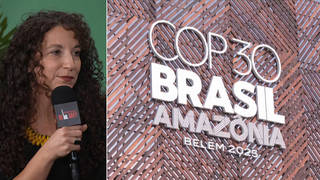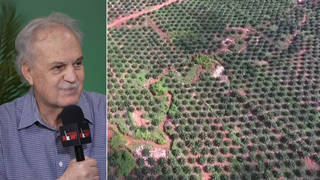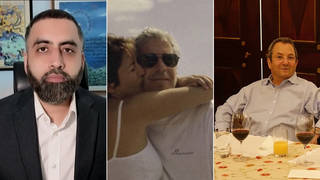
And now, we go back in time: from today’s war in Afghanistan to yesterday’s war in Vietnam.
I am looking at a photograph of twelve Vietnamese men being marched through a field. They are walking in a line,close and bunched, and by the look of it, they are prisoners. Perhaps they are Vietcong, perhaps they are simplypeasants who got caught in the roundup. Some are in shorts, others are shirtless; some are barefoot, and almost allare under the age of 25. They are being pulled, it seems, by a rope that is attached to a collar around each oftheir necks. The collar looks painful, because a number of men are gripping at their necks, their faces tight andpinched. Only a few of the men are looking into the camera. One of these is a guard, a cigarette dangling from hismouth. He stands at the head of the line, clutching his throat, his face also pinched, almost as if mocking theprisoners.
Well, this picture was taken by the photographer Philip Jones Griffiths more than thirty years ago. It was takenduring the war in Vietnam, and it stands out sharply against the photos we see today of the war in Afghanistan.Nowadays, the United States keeps careful watch over who and what reporters are allowed to photograph as well aswhere and when they are allowed to publish them. It’s a policy that many of the mainstream media outlets have begunto adopt as well. In October, CNN Chair Walter Isaacson ordered his staff to balance images of civilian devastationin Afghanistan with reminders that the Taliban harbors murderous terrorists.
But during Vietnam, photographers were granted an access and freedom that are unknown today. Photographers likePhilip Jones Griffiths were able to immerse themselves in the country, recording not only the horrors of war but alsothe texture of a society that was rapidly disappearing. His objective throughout was to see events through the pointof view of the Vietnamese.
In 1971, Philip Jones Griffiths published the book ??Vietnam Inc., a classic of photojournalism that brought thewar abroad home to Americans. Through more than 250 photographs, it helped shift the tide of public opinion, fuelinga peace movement that ultimately brought the war to an end.
Guest:
- Philip Jones Griffiths, photographer and author, ??Vietnam Inc. Since his first trip to SoutheastAsia three decades ago, Philip Jones Griffiths has returned numerous times. A new edition of Vietnam Inc. waspublished in September 2001 with a forward by Noam Chomsky. Chomsky was profoundly affected by the book when it wasoriginally published.
??
????
????
????
??











Media Options